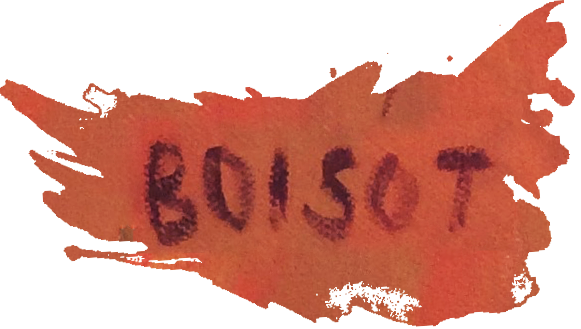“The county blossoms with art as the Artweeks bursts into life. Almost 500 venues invite art-lovers in to enjoy paintings, photography, textiles, pottery, jewellery, sculpture and practically every other form of art and craft.
The feast of creativity starts on Saturday with artists in North and West Oxfordshire opening up their studios until May 13, followed by Oxford city from May 12-20 and concluding with South Oxfordshire from May 19-28.
Start, perhaps, with bold and colourful equine paintings by Abigail Boisot. From polo in Kirtlington to horse-racing and dressage, Abigail captures the movement and energy of the horses she depicts.
“In my equine paintings, I use a combination of photographs and sketches of polo and racing to produce pictures dominated by movement and colour,” she says. “I use abstract shapes, gesture painting and a bold application of brush strokes to capture the passion and dynamism of these sports,” she explains.
Although most well-known for her equine pictures, Abigail is also captivated by the landscape she sees every day while walking her dogs in Steeple Aston, and, in particular, a local folly.
“It’s a sham ruin from the 18th century with three arches, buttresses and rubble pinnacles which dominates the skyline” she says. “I find it quite fascinating seeing it in different lights and seasons. It seems to be an organic thing which has a semi elliptical quality to it. It is a striking and inspiring structure.”
Abigail’s work depicts the building’s shape on the horizon in both paint and print, using various print techniques and a wide range of colour – from light sunny days to brooding moody fields, satsuma orange and brilliant blues alongside monochrome etching.
“Wherever I am, I see an intensity in the colours in the landscape that other people perhaps don’t see and I’m always trying to recreate that strength of colour in my paintings,’ she explains. ‘I start with four or five strong colours, usually two organic colours and then add a couple more wild choices, perhaps bold blues or greens, rather than using many different shades.’”

